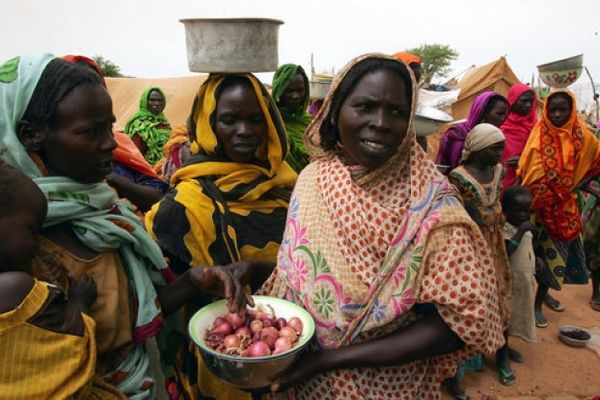During the summer of 2011, the Horn of Africa went hungry. Throughout Somalia, Kenya and Ethiopia, 10 million were starving, among them 2 million children. Some 500,000 of those children were so malnourished the situation was life-threatening [sources: Guardian, Guardian]. Rationed packets of peanut paste -- a high protein supplement known as Plumpy'Nut -- were all that stood between many of them and death.
So how come so many people perish for want of food, while in other parts of the world, fare is found in abundant supply? The 2011 food crisis stemmed from a number of factors. An ongoing armed conflict drove many people from their homelands and limited aid workers' access. A severe drought ruined two consecutive crops, killed livestock and drove already high food prices beyond what many families could afford. So although worldwide production currently outpaces global demand, not everyone has access to enough food [source: Hunger Notes].
Advertisement
The push to halt hunger happens on many fronts. For example, to find both short-term and long-term fixes in areas of famine, some organizations provide lactating women with supplementary aid while their children are nursing, while also offering classes teaching them proper nutrition, so they have a better understanding of how to keep their families fed and healthy in the long-run.
But so far, no one has come up with a massive game changer: Nearly a billion people routinely go undernourished in any given year. Several factors muddle famine mitigation efforts. Sometimes, those who need food support are located in remote or unreachable areas that are hard for overtaxed relief workers to reach -- as was the case in the 2011 Horn disaster. Lack of funds is another issue. Although areas ripe for famine are often identified well in advance, donors sometimes shuffle their feet until the situation is dire enough to draw major media attention.
A world free from hunger is one we've never known. On the next page, we'll take a look at a major consideration in the battle to feed the planet's billions, and the complications that ensue at a practical level.
Advertisement



